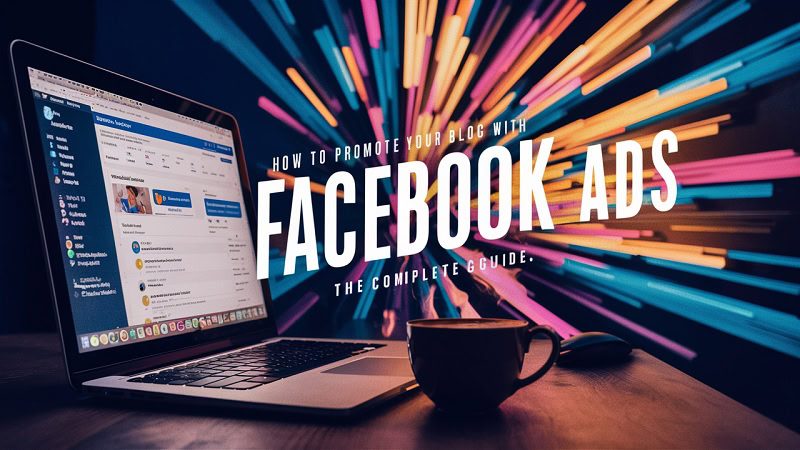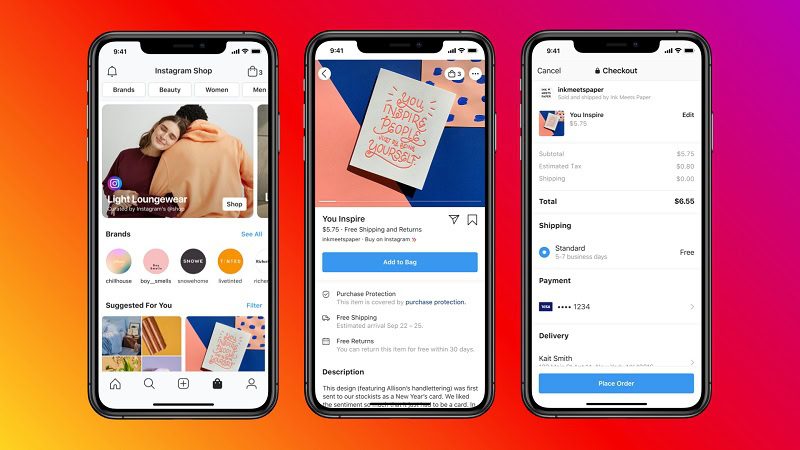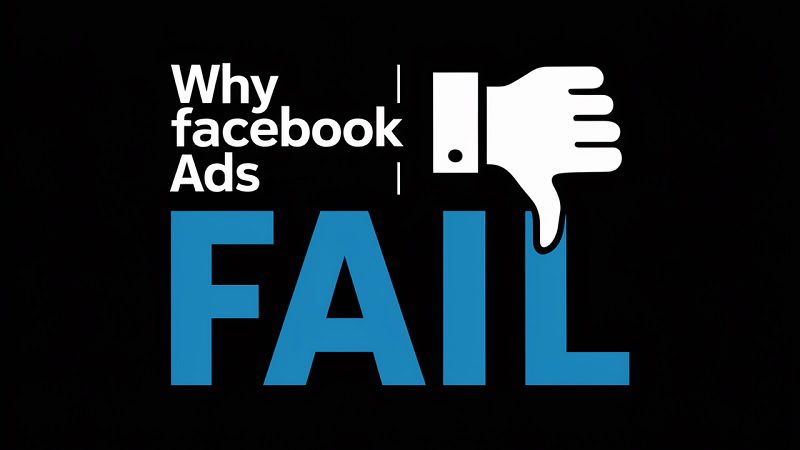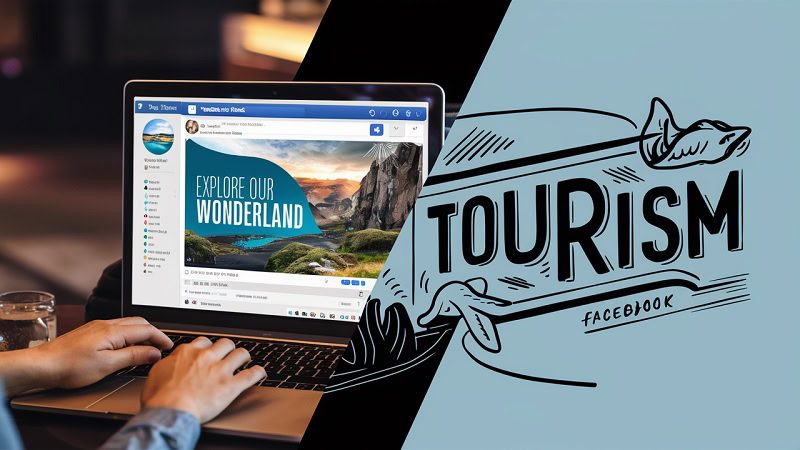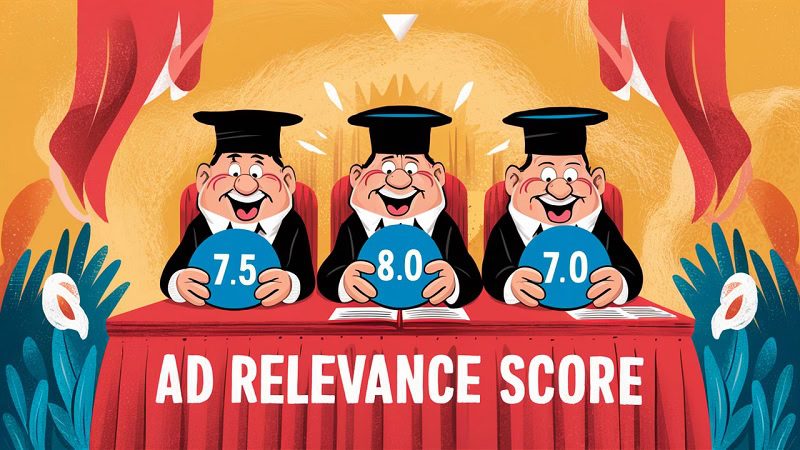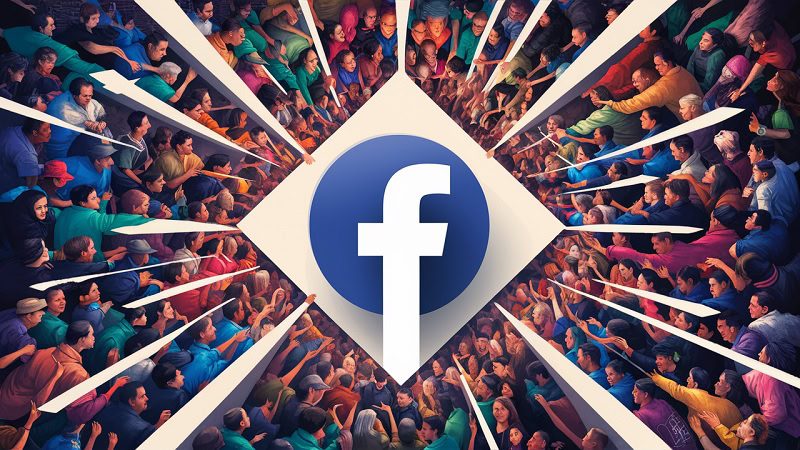So, your Facebook ad campaigns are crushing your targets.
You’ve discovered several profitable audiences, identified your best performing creative assets, and you’re driving a steady number of conversions.
Everything is looking pretty good.
In fact, you’re feeling ready to take your Facebook ad campaigns to the next level.

Boost E-Commerce ROI: Download Our Free CPA & ROAS Calculator
It’s time to scale up your Facebook ad budget.
Scaling Facebook ad campaigns is a very exciting process, but it can also be a little confusing at times.
What’s the best way to increase spend on the Facebook platform? How can you effectively expand your audience reach? Which new tactics can help you to drive incremental sales?
We’ve pulled together the ultimate guide to scaling Facebook ads, including expert strategies that will help you consistently grow your investment and conversions.
What does ad scaling mean?
To successfully scale your Facebook ad spend, you’ll need to balance a few key strategies and adjustments. There isn’t a single solution that can get the job done.
However, all of these methods are looking to achieve one ultimate goal.
Increasing your Facebook ad spend while maintaining positive returns.
That means delivering more leads or sales while also steadily ramping up your investment.
But this is easier said than done. It’s not just a case of pumping more cash into Facebook and expecting your returns to grow at the same rate.
To effectively scale your Facebook budget, you’ll need to refine your existing strategy to focus on the best performing tactics.
There are two primary routes that can be used to successfully scale Facebook ads investment – vertical scaling, and horizontal scaling.
Don’t worry – it’s not as complicated as it might sound.
Let’s run through the fundamentals of both strategies, and outline how they can work together to enhance your Facebook ad campaigns.
Vertical Facebook ads scaling
Vertical scaling is a fairly straightforward approach to scaling Facebook spend, and the name is fairly self-explanatory.
Utilising vertical scaling involves steadily increasing the budget on an existing (and successful) ad set.
The idea is that you’ve already identified your best performing audiences and ad creatives, so by gradually increasing the spend behind them, you can deliver increased results faster.
Advertisers will vary how much they increase their spend by depending on the size of their budget. Some may increase by a couple of pennies, while others may escalate their spend more rapidly every 2-3 days.
It’s important to note that CPAs can quickly increase when vertical scaling is being used.
Vertical scaling should increase the number of conversions being driven, but because total spend and reach are increasing, these acquisitions may become slightly less efficient.
Advertisers just need to ensure that these CPAs are still profitable and sustainable, even if they increase slightly during the scaling process.
It’s also key to continue testing and optimising social media campaigns, even during vertical scaling.
No single audience or creative will deliver the same results forever, so businesses should still experiment with new targeting tactics and assets to maintain positive returns. Once a new ‘winner’ has been discovered, vertical scaling can be repeated to increase conversions.
Horizontal Facebook ad scaling
Horizontal scaling involves distributing budget across a growing number of audience segments, rather than concentrating budget on a smaller number (i.e. vertical scaling).
The idea behind horizontal scaling is tweaking and replicating successful audiences to discover new, more profitable tactics.
For example, let’s say that you have an Interest audience that’s delivering exceptional results and clearly outperforming other segments.
With vertical scaling, you’d focus on this specific Interest audience and boost its budget to try and increase returns.
But with horizontal scaling, you’d use this Interest audience as inspiration to build new, similar audiences to test. By testing these new variations, you may discover even better audiences to target.
And if your new audiences end up delivering strong results, then you’ve successfully scaled your Facebook ad campaign.
However, horizontal scaling can be a much slower process if ad set budgets aren’t increased over time.
Creating and testing new audiences is great, but they’ll still need some level of increased budget to maximise returns in the long term.
Horizontal scaling can also be trickier for businesses in a niche category, since there may be limited options for audience testing.

Often, advertisers will end up using a combination of vertical and horizontal scaling.
Brands may experiment with different audiences based on previous results (i.e. horizontal scaling) but will then fuel these new segments with increased spend if they perform well (i.e. vertical scaling).
A healthy balance between the two approaches is best.
The most important thing is to closely monitor your results to ensure that you’re scaling efficiently.
When should I scale my Facebook ad spend?
It’s very important to begin your scaling process at the right time for your business.
If you’re thinking of scaling up a Facebook ad set, there are a couple of fundamental questions to ask before you kick off the process.
Firstly, is the ad set delivering a positive ROAS?
If you’re unfamiliar with that particular acronym, fear not.
ROAS stands for Return On Ad Spend, and it’s a fairly simple calculation that allows you to identify your most profitable ads:
(Revenue from advertising / Cost of advertising) * 100 = ROAS
This is a fairly basic calculation, but one that’s very useful when identifying ads that are eligible for scaling.
If your ad set is consistently delivering a strong ROAS (a solid Facebook ROAS generally falls between 200-400%) then it’s probably a good candidate for scaling.
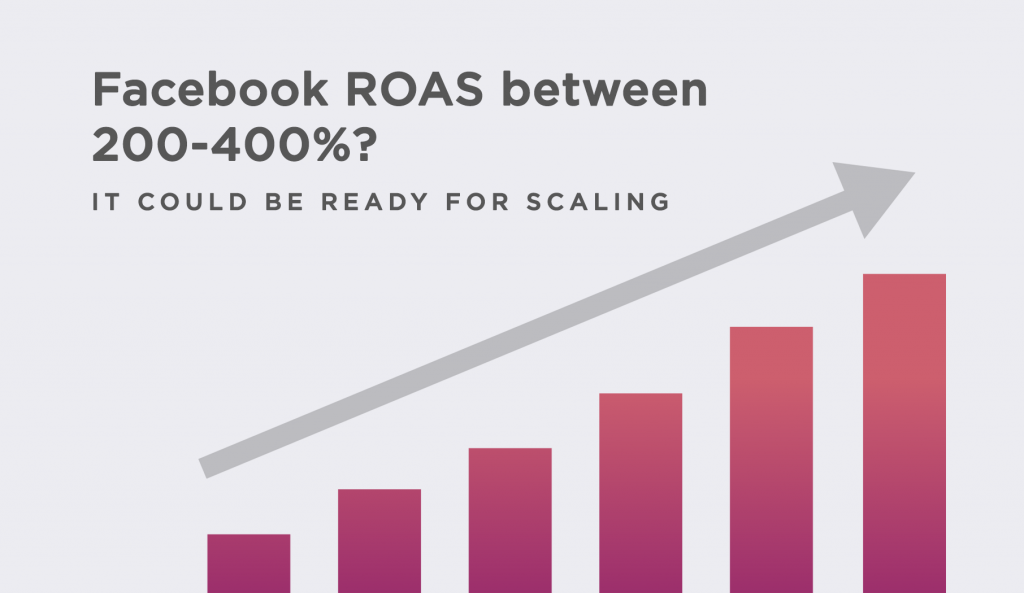
Secondly, how long has the ad set been running?
It’s important not to rush into scaling Facebook ads if your ads have only just launched.
The Facebook algorithm can take between 3-5 days to properly optimise your ads, so give the platform time to make adjustments before you begin scaling.
Making any major tweaks or changes to the ad set will effectively ‘reset’ the algorithm, so have a little bit of patience in these early stages.
Once you’re confident that a particular ad is delivering positive and reliable returns, then you can start to ramp up your scaling efforts.
Now that you know when to begin scaling your Facebook spend, let’s take a look at how you can maximise your conversions and increase your budget effectively.
Scaling your Facebook ads – 8 expert strategies
Scaling your Facebook ad budget doesn’t need to be a complex process, but generating optimal results will take some time and effort.
However, you can make life easier for yourself by following proven strategies.
Below are 8 expert methods that will help you to run a smooth and effective scaling process.
1. Increase your spend
One of the simplest scaling strategies just involves increasing the spend behind your ad sets – in other words, vertical scaling.
The logic is pretty simple. If a campaign is performing well at the ad set level, more budget will enable it to deliver superior results.
However, there is some preparation required before you can begin ramping up spend.
If you just start throwing money at your campaign, you’re likely to see a dramatic drop in efficiency.
The first thing to focus on is planning small budget increases, ideally between 10-20% at a time. Not only will this help you to spend more effectively, but it also won’t disrupt the Facebook learning phase.
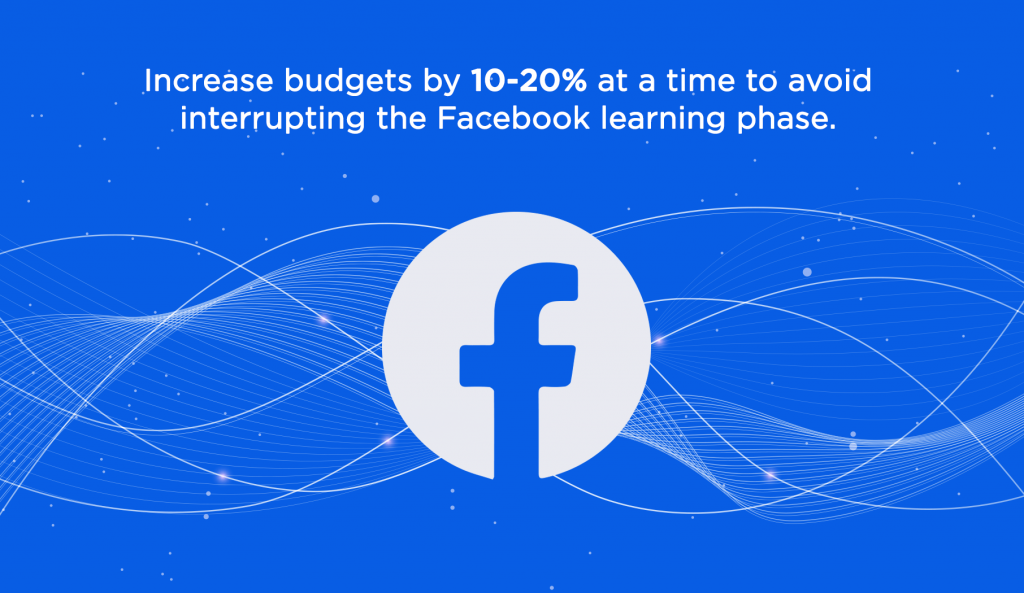
It’s also a smart idea to give the ad set 3-5 days to optimise and adjust to a new budget before increasing spend again.
Be sure to check the current ROAS of an ad set before you increase its budget too. Although positive engagement metrics (comments, likes, shares) are never a bad thing, ROAS is the key metric to measure.
If your ROAS begins to decline after vertical scaling, your ad may have already reached its full potential – the creative may have fatigued, or you may be running out of warm prospects to reach.
It’s also important to monitor your ad frequency when using vertical scaling.
Putting a larger budget behind an ad will increase the number of times that the asset is served to your target audience.
Serving too many impressions to your audience isn’t beneficial to anyone. Users may become tired of seeing your ads, and if they haven’t purchased the first 1-4 impressions, they’re unlikely to convert after that.
This can lead to wasted budget and inefficient spending, so keep a close eye on the relationship between your ad frequency, your conversion rate, and your CPA.
However, if you can maintain efficiency while also increasing your ad spend, you can deliver an immediate and noticeable increase in your conversions.
2. Build and test Lookalike audiences
Lookalike audiences are one of the most powerful tools available to e-commerce advertisers because they allow you to build new segments based on your best prospects.
They can also be incredibly useful when you’re looking to scale Facebook ads spend.
Facebook Lookalike audiences can be built around your existing customer lists, or around specific user actions that signal intent (i.e. users who have completed a purchase, users who have visited the checkout, etc).
By using these segments, you can expand your reach while also maintaining a focus on quality targeting. This is the perfect recipe for some highly effective scaling.
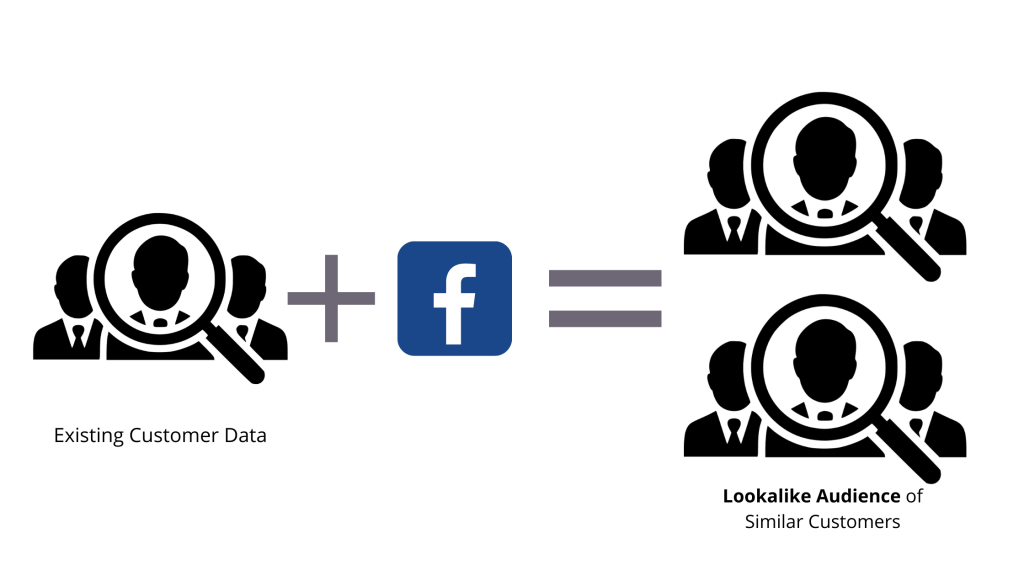
The first thing you’ll need to get started is a source audience that you’re looking to replicate.
This source audience needs to include at least 100 users from a single country to be eligible for a Lookalike audience. You should also prioritise the source audiences that are generating the most revenue and the highest ROAS, as these are more likely to be successful.
Once you’ve identified your source audience, you can begin to construct a Lookalike audience and decide how similar you’d like this new segment to be to the original.
This works like a sliding scale from 1-10%. A 1% Lookalike audience would match the source audience very closely, but the size of the segment would be smaller.

A 10% Lookalike audience would be larger in size, but the matching would be more generic.
After testing your new Lookalike audiences, you’ll be able to identify which segments are delivering the best results for your campaign.
From here, you can build similar audiences to test (horizontal scaling) or increase the budget behind the best performing Lookalikes (vertical scaling).
Since Lookalikes are based on your most valuable audiences, they can be incredibly profitable for your business and easily scaled up.
3. Replicate your best performing ads
Sometimes the simplest solutions are the most effective when it comes to digital marketing.
If you’re already running ad sets that are consistently generating results, there’s no need to reinvent the wheel. By replicating and reusing these winning assets, you can squeeze the most value from them and maximise their potential.
All you need to do is identify the creative assets that are delivering the highest ROAS, build new ad sets, reuse those same ads, and target them towards new audiences.
Voila. More valuable conversions, being driven by more audiences, by using the same creative assets.
In other words, some good old fashioned Facebook ad scaling.
And the best part? This process can be repeated almost indefinitely.
By continuing to test new creative assets and combine them with different audiences, you can experiment over time to discover the best performing ads for your business.
Once you’ve successfully paired an existing creative asset with a new audience, you can either increase the budget behind this ad set or continue to test new audiences.
The choice is yours!
4. Target a broader audience
If you’re selling products that appeal to a wide audience of shoppers, it can be a good idea to kick off your Facebook activity by targeting a broad audience.
By casting a wider net at the beginning of your campaign, you can quickly gather learnings to inform new audiences.
Once you’ve collected these campaign insights, you can build new segments for targeting that are more likely to deliver results.
These audiences can then be scaled up quickly and effectively.
If you try to be too specific with your target audience at the beginning of a campaign, you may find yourself struggling to scale up.
When you’re exclusively targeting smaller audiences, it can be difficult to support them with additional spending without losing efficiency. It can also be tricky to build out similar audiences if you can’t gather enough learnings.
Don’t be afraid to launch a broad target audience based on a fairly wide demographic segment. You’ll be able to refine the audience size down, and you can always support these wider groups with more targeted Custom or Lookalike segments.
As long as you’re consistently monitoring performance, you can quickly adjust budgets and switch off ineffective audiences to prevent wasted spend.
5. Minimise audience overlap
One of the most common issues that e-commerce advertisers face when scaling is audience overlap between two ad sets.
Creating overlapping audiences is very easily done, particularly when you’re building and testing new ad sets during horizontal scaling.
However, these overlaps can quickly bring down your campaign efficiencies. Bidding for the same users across different audiences is highly ineffective, and maximising cost-efficiency is crucial during the scaling process.
After all, outperforming your direct competitors is challenging enough. The last thing you need is to compete against yourself!
Let’s take a look at a common example of audience overlap that might occur.
You’ve been regularly testing creative assets within your campaign. You’ve discovered a winning combination of a video asset and ad copy that’s generating jaw-dropping results.
The next logical step is scaling up the spend behind this asset. You decide to create two ad sets using this same creative approach, targeting two specific audiences:
1. A broad Interest based audience that’s been performing well.
2. A Lookalike audience that has also maintained a high ROAS.
Since your Interest audience is larger in size, it’s not unlikely that some of your Lookalike users will fall into the same category on Facebook. When you launch these ad sets or attempt to scale them, you’ll probably end up competing against yourself.
To prevent this from occurring, you can use the Facebook ‘audience overlap’ tool to get a better idea of audience crossover.

This feature allows you to compare the overlap of up to 5 different target audience segments.
If you’re uncomfortable with the amount of crossover between audiences, you have two options to reduce the overlap. You can either edit your audience targeting to create more differentiation or reorganise your ad sets to group the same audiences together.
By preventing targeting overlap you can scale your budget with confidence, allowing you to both increase spending with successful audiences and build new audiences for testing.
6. Utilise Campaign Budget Optimisation
Injecting some automation into your Facebook campaigns is an excellent way to make life easier for yourself while scaling.
This is particularly true when it comes to budget management, which is a crucial (and often time-consuming) element of the scaling process.
Depending on your preference, you can either set a total budget for your Facebook campaigns, or specific budgets for individual ad sets.
Managing each ad set individually is a good way to maintain control over your campaign and ensure that budgets are being spent effectively.
However, this manual approach can also take up a lot of time.
And for most e-commerce business owners, time is a limited resource.
Luckily, that’s where Facebook’s Campaign Budget Optimisation tool can offer a helping hand for busy advertisers. This feature automatically distributes and optimises spend across multiple ad sets, focusing budget on the best performing segments to achieve better results.
If you increase your campaign budget, the Facebook algorithm will effectively automate the scaling process. All you need to do is provide the platform with a sufficient budget, and introduce new ad sets for testing where necessary.
Campaign Budget Optimisation provides advertisers with simplified campaign management, more efficient ad delivery, and convenient scaling opportunities.
However, there are a couple of things to note about using this tool.
Firstly, Campaign Budget Optimisation works best with two or more ad sets. This allows the algorithm to test budgets more effectively across a wider range of audiences.
It’s also important to remember that the tool won’t necessarily spend budget equally across ad sets. In fact, if one ad set is massively outperforming the rest, the vast majority of your Facebook budget could be allocated to it.
This isn’t necessarily a bad thing, but you’ll need to remember this when you’re monitoring performance at the ad set and campaign level.
7. Rotate multiple offers throughout your campaign
Scaling your Facebook ad budget can have a plethora of benefits for your business.
Effective scaling can deliver increased reach, superior conversion rates and higher revenue.
However, if you scale your Facebook campaigns without managing them carefully, a few potential issues can emerge.
Frequency can quickly become excessive with higher budgets, which can lead to ad fatigue and ineffective ads. Not only can this cause a decrease in sales, but it can also negatively impact your Ad Relevance Diagnostics and bump up your campaign costs.
All of these issues are best avoided. So what can you do to keep your ads fresh and engaging while scaling your budget?
Rotating different creative assets is one solution, but producing new assets can be costly and time-consuming, so this isn’t always a viable option.
Instead, advertisers can utilise multiple offers within the same campaign to capture and maintain audience attention.
Offering a discount or incentive for new customers is a proven way to increase clicks and conversions. By rotating multiple offers throughout a campaign, advertisers can keep users engaged with the same creative assets.
You might switch between a flat discount for new customers to a free gift for first-time buyers. Whatever the promotion is, you can adjust your ad copy to ensure that your messaging doesn’t become stale.
This can be an incredibly useful strategy if you’re looking to rapidly scale your Facebook budget with a limited number of creative assets.
Although eventually, you will need to refresh your creative approach, rotating product offers can give your campaign the edge it needs to scale successfully.
8. Allow the Facebook algorithm time to work its magic
The Facebook algorithm is one of the most important aspects of any scaling process.
The algorithm is incredibly effective at optimising budget and maximising results, and although it needs human guidance at times, it can achieve a lot for your business.
But the algorithm also needs sufficient time to work its magic. Whenever a new ad is launched, the Facebook algorithm enters an initial ‘learning phase’.
During this learning phase, the platform is building up insights about performance, testing different target audiences, and analysing the effectiveness of your creative assets.
Performance may fluctuate during these initial 3-5 days of the learning phase as the algorithm experiments with different ads and targeting options. If you’re seeing low conversions or a high CPA, it can be tempting to interfere or switch off certain ad sets.
However, it’s very important to be patient in these early stages.
The performance of these ad sets will stabilise eventually, and once the algorithm has settled down, you’ll be able to identify the best ads for scaling.
But if you disrupt this learning phase, you may end up missing valuable opportunities or even wasting your budget on less effective ad sets.
Technically the Facebook algorithm is constantly optimising over time, but the most important learning phase occurs in these early stages.
The size of your budget will also impact the duration of the learning phase.
The larger your daily budget, the more data the platform will collect, and the quicker it can make adjustments.
To prevent disruption during the initial Facebook learning phase, advertisers should avoid:
- Making significant changes to their ad sets (i.e. changing targeting, bid strategies, creative assets, etc)
- Launching too many ad sets simultaneously
- Adding a large number of new ads to an existing ad set
- Using a budget that’s too small to generate learnings
Scaling your Facebook ad budget can feel like an intimidating task, but it’s important to remember that scaling is an ongoing process.
Performance will fluctuate over time, creative assets will need refreshing, and new audiences will emerge.
The most important thing is to carefully monitor your campaigns.
Some ad sets will scale successfully, while others might not live up to expectations. As long as you react quickly and shift your budgets accordingly, you’ll maintain positive returns.
If you can stay on top of reporting, make regular optimisations, and follow these key strategies, then you’ll be in a strong position to scale up your Facebook campaigns.
Getting started with Facebook advertising
To get started with a Facebook campaign, just follow the steps below.
1. Log in to the Facebook Ads Manager.
2. Open up the Campaigns tab and click the ‘+Creative’ button.

3. Choose your campaign objective. Select one that aligns closely with your business goals, as the Facebook algorithm will optimise towards this specific objective.

4. Pick a name for your new campaign. Something clear and memorable is best to make reporting easier later down the line.

5. Set up your campaign budget and bidding strategy. Select a daily or lifetime budget and confirm your live dates.
This is also the point at which you can set up Campaign Budget Optimization. This can be an incredibly useful tool for campaign management and scaling, so don’t hesitate to use it – particularly if you’re a new advertiser.

6. Confirm your audience targeting. Remember, testing multiple audiences is a major part of scaling, and don’t be afraid to start with a broader audience for data collection.

7. Select your preferred ad placements. The platform will automatically assign placements by default, but you can also use the ‘Manual’ option for more control.

8. Build your Facebook ad sets by selecting ad types, uploading your creative assets and inputting your ad copy.

9. Once you’ve completed all of the above steps and you’re happy with the campaign structure, hit Publish to get started.

After you’ve successfully launched your first campaign, remember to keep a close eye on performance.
If you spot an ad set that’s performing well and ticking the right boxes, you can begin the scaling process and start increasing your conversions.
For help with scaling your campaigns from an expert Facebook advertising agency please get in touch.
Useful resources for Facebook scaling
Need a refresher on best practices for Facebook scaling? No problem.
Below are some handy resources that can help you on your scaling journey.
- How to increase ROAS (return on ad spend) on Facebook
- How To Set Up A/B Testing For Facebook Ads
If you feel like it’s time to scale your Facebook advertising budget, just remember to follow these proven strategies and stay close to your campaign reports.
Not every ad set will be equally successful, but if you’re strategic with your approach to scaling, you’ll be delivering jaw-dropping returns before you know it.
Best of luck! Now, get out there and start scaling.

